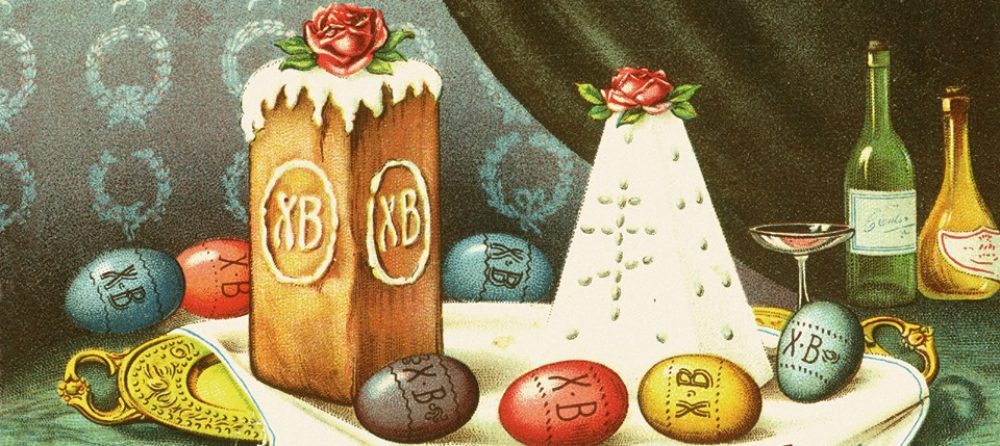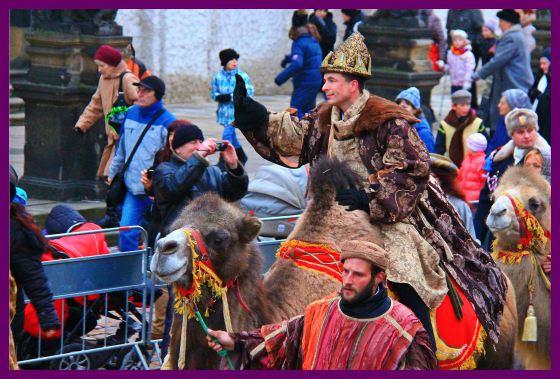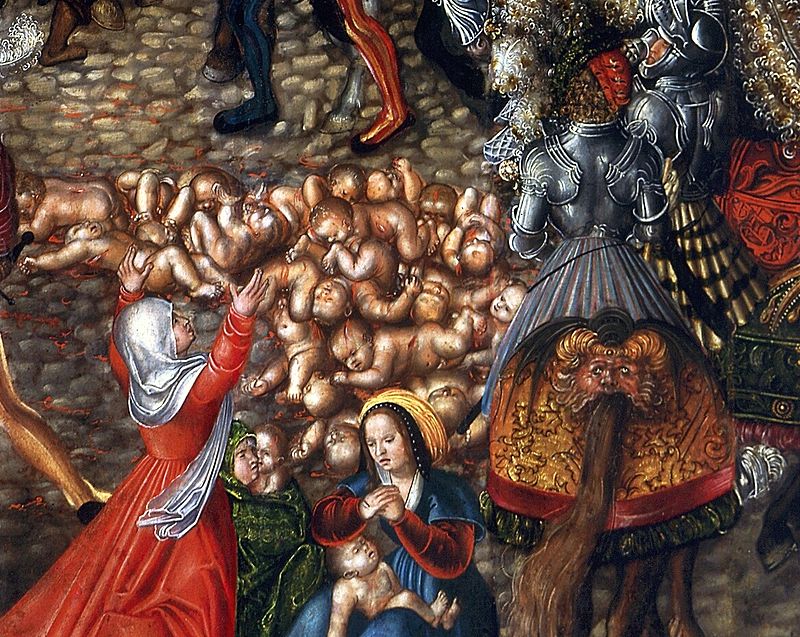Epiphany, traditionally celebrated on January 6, is the celebration (in Western Christianity) of the arrival of the Magi to adore the Christ Child. (Among the Eastern Christians, the Epiphany is the celebration of the Baptism of Christ.) There are many traditional festivities, such as the Three Kings Parades — one of the best is in East Harlem! But the one in Prague (seen above) is pretty splendid as well.
An Epiphany Cake, also called a King Cake, is customarily served at the festive dinner on January 6. Inside the cake are often placed a bean or other trinkets, to indicate good fortune or wealth in the coming year as well as to mark who will be responsible for baking the cake at the next Epiphany celebration.
Here is my favorite Epiphany Cake recipe:
Ingredients:
2 1/4 cups flour
1 1/2 cups sugar
3 tsps. baking powder
1 tsp salt
1/2 cup butter
1 cup milk
1 1/2 tsps. vanilla
2 eggs
Directions:
Preheat oven to 350 degrees. Lightly grease and flour cake pan.
Melt the butter in a small pan on the stove.
Mix together all the dry ingredients.
Add the eggs, vanilla, and milk. Mix well.
Add the melted butter. Mix well again.
Pour batter into cake pan.
Bake approx. 45-60 minutes.
Most important: Don’t forget to lick the bowl and spoon!
Icing (if desired):
1/4 cup butter, melted and cooled
1/4 cup cream
2 tsps. vanilla
3 cups sugar
Combine the butter, cream, and vanilla.
Slowly add the sugar.
Add more sugar or a few more drops of cream to reach the proper consistency.
Spread on cool cake.
Again — don’t forget to lick the bowl and spoon!


